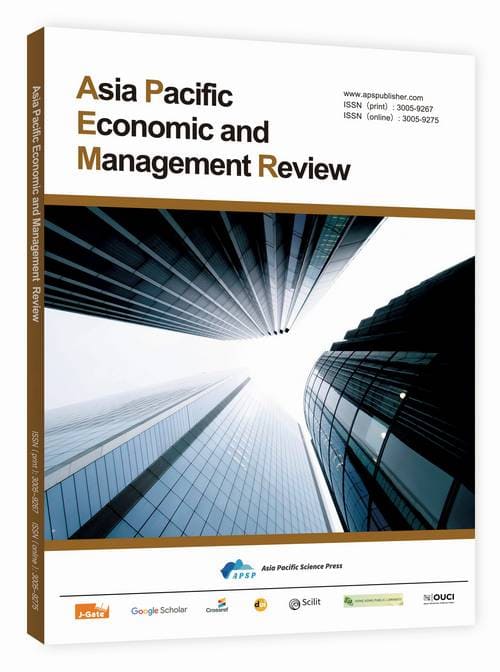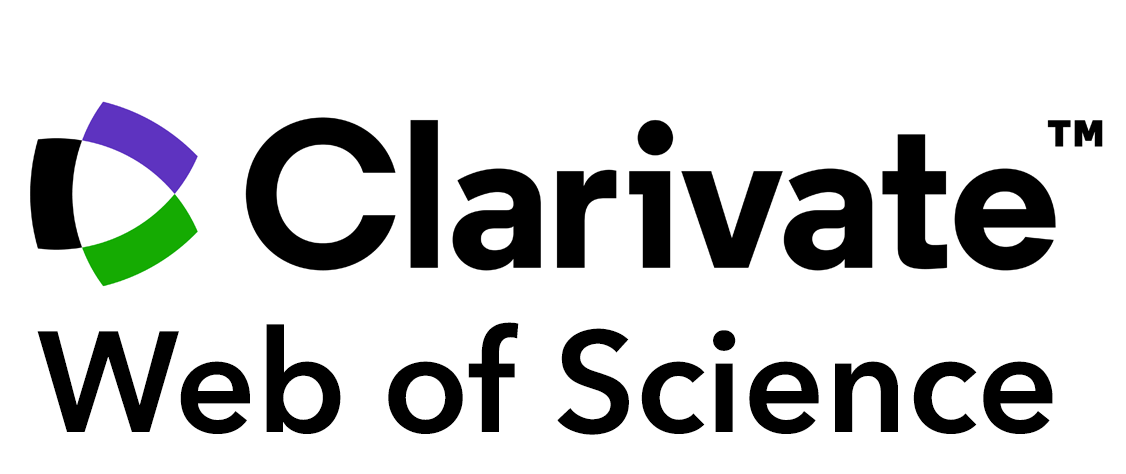AI-Enhanced Traditional Crafts in Art Education: A Digital Approach to Revitalizing Chinese Tie-Dye in High School
DOI:
https://doi.org/10.62177/apemr.v2i5.663Keywords:
Artificial Intelligence, Art Education, Intangible Cultural Heritage, Tie-Dye, Virtual Reality, Generative AI, Interdisciplinary LearningAbstract
This study examines the empowering role of artificial intelligence (AI) in high school art education, with a focus on teaching tie-dye, a nationally recognized intangible cultural heritage (ICH). Traditional art education often faces constraints in materials, time, and instructional resources. AI offers new opportunities to address these limitations and reframe heritage-based craft teaching. Based on an empirical project with 42 students, this study highlights four instructional models: virtual experimentation, AI-handcraft integration, immersive learning, and interdisciplinary innovation. The findings suggest that AI not only compensates for resource limitations but also strengthens cultural recognition, providing observable evidence for revitalizing traditional crafts in adolescent education. At the same time, challenges remain, including overreliance on digital tools, limited teacher expertise, and concerns over originality and equity. The study concludes that integrating AI into tie-dye education should follow the principle of “technology serving education and innovation grounded in culture.” Practical recommendations are proposed regarding teacher training, curriculum design, resource development, and policy support, aiming for a balanced integration of tradition and technology. By doing so, AI-enhanced art education can foster creativity, interdisciplinary literacy, and cultural transmission, contributing both to pedagogical innovation and the sustainable development of intangible cultural heritage.
Downloads
References
Kolb, D. A. (1984). Experiential learning: Experience as the source of learning and development. Prentice Hall.
Lave, J., & Wenger, E. (1991). Situated learning: Legitimate peripheral participation. Cambridge University Press. https://doi.org/10.1017/CBO9780511815355
Piaget, J. (1976). The grasp of consciousness: Action and concept in the young child. Harvard University Press.
Vygotsky, L. S. (1978). Mind in society: The development of higher psychological processes. Harvard University Press.
Li, S. (2024). Art, design, and new productive qualities: Exploring future education at the School of Design, Central Academy of Fine Arts (Part 3). Industrial Design, (05), 5–8.
di Meana, F. R. (2024). Enhancing artistic education with AI (ERIC Technical Paper No. ED665402). ERIC. https://eric.ed.gov/?id=ED665402
Wu, K., Jin, B., & Zhou, Q. (2024). Exploration of media innovation and teaching model transformation in art education in the era of artificial intelligence [In Chinese]. Teacher Education Forum, 37(11), 28–35.
Wu, X. (2023). A review of constructivist learning theory. Frontiers in Social Sciences, (11), 6645–6651. https://doi.org/10.12677/ASS.2023.1211908
Ma, W. (2024). Cultural dilemmas and optimization paths of integrating intangible cultural heritage into school education in ethnic regions: A case study of L County, Ningxia [In Chinese]. Ethnic Education Research, 35(2), 129–135. https://doi.org/10.15946/j.cnki.1001-7178.20240509.001
Bai, L., Wang, X., Dong, L., & Jiao, B. (2020). Curriculum design based on the STEAM education concept: A case study of the “Bionic Design” course [In Chinese]. China Educational Informatization, (16), 55–58.
Hutson, J., & Cotroneo, P. (2023). Generative AI tools in art education: Exploring prompt engineering and iterative processes for enhanced creativity. Metaverse, 4(1), 1–13. https://doi.org/10.54517/m.v4i1.2164
Wang, S. (2024). Enhancing art education through virtual reality: The impact of virtual art museums on junior high school students. Research and Advances in Education, 3(9), 52–58。
Liao, C.-W., Wang, C.-C., Wang, I.-C., Lin, E.-S., Chen, B.-S., Huang, W.-L., & Ho, W.-S. (2025). Integrating Virtual Reality into art education: Enhancing public art and environmental literacy among technical high school students. Applied Sciences, 15(6), 3094. https://doi.org/10.3390/app15063094
Jiangsu Normal University Research Group. (2023). Research on constructing STEAM teaching models for cultural heritage transmission (Report) [In Chinese]. Jiangsu Normal University.
Zheng, W., Wang, Z., Wang, S., Wang, J., & Gao, Y. (2024). Innovative tie-dye pattern design based on sound visualization technology. Wool Textile Technology, 52(5), 32–37. https://doi.org/10.19333/j.mfkj.20230906606
Marella, V. C. (2025). The impact of artificial intelligence on traditional art education. arXiv. https://arxiv.org/pdf/2509.07029
UNESCO. (2024, October 17–24). Exploring the impact of artificial intelligence and intangible cultural heritage (Policy Lab Materials). United Nations Educational, Scientific and Cultural Organization.
Downloads
How to Cite
Issue
Section
License
Copyright (c) 2025 Ruimin Li

This work is licensed under a Creative Commons Attribution-NonCommercial 4.0 International License.
DATE
Accepted: 2025-10-14
Published: 2025-10-20

















